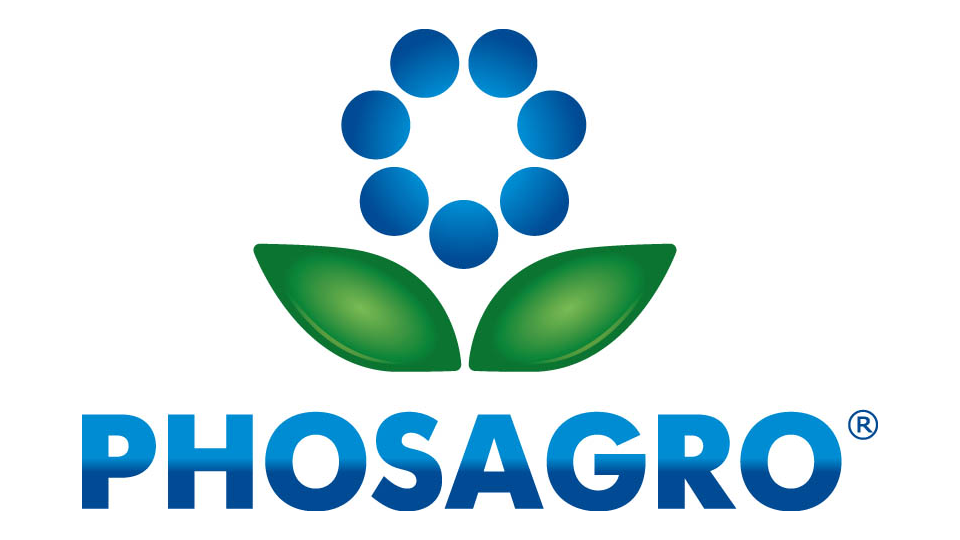Most fertilizer prices soared in 2021, particularly phosphates and urea, driven by strong demand and higher input costs, and they are expected to stay high over the remainder of the current year. But in the midst of the high prices globally, the US farmers are still currently forced to purchase phosphorus fertilizers at prices much higher than in Brazil and Canada, which is the result of the previously imposed duties on their imports from Russia and Morocco, said PhosAgro Deputy CEO, Alexander Sharabaika, during his speech at the 24th St. Petersburg International Economic Forum. “Today, Russian producers cannot supply their products — even with such unique ecological properties as ours — to the American market. Therefore we are selling our products to other markets,“ Sharabaika said. „This is a global business, and there is no problem supplying goods to other countries, while a farmer in the United States pays the highest price, which is approximately 15-20% higher than in neighboring countries.”
On the US farmers overpaying for phosphate fertilizers, the PhosAgro Deputy CEO also noted that “during the hearings on this issue, all farmers supported the position of producers from abroad, because one local manufacturer closed this market and monopolized it. Such decisions should be made more carefully, as it’s much easier to close the market than to open it back. In terms of the cost of opening this market, we will have to pass a very long way, and this is what we intend to do. We have all the possibilities. Currently, we have filed an appeal, however, the process is not fast, and it may take about five years to return to the point of 2020.” Meanwhile, apart from potash prices that have remained broadly stable on ample supply, overall, fertilizer prices are projected to average more than 33% higher in 2021 than last year, before easing in 2022. Risks to the forecast include the pace of capacity expansions, geopolitical tensions, and, in the medium term, environmental policies on fertilizer use.
The fertilizer industry has generally been riding on solid market fundamentals underpinned by strong global demand and prices for crop nutrients. The underlying strength of the agricultural market, rising crop commodity prices and healthy farm economics are driving demand for fertilizers globally. Demand for fertilizers is also backed by the need to grow the production of grains to address rising consumption. Moreover, the constant need of growers to nourish their crops, replenish nutrients in the soil following a harvest and boost yields to feed a growing population support the bullish case for fertilizers. More specifically, phosphate markets are likely to remain robust in the near term on solid demand and pricing dynamics. Tight availability along with firm demand is driving up phosphate prices globally. Demand for nitrogen fertilizer and urea imports also remains healthy in major markets.




